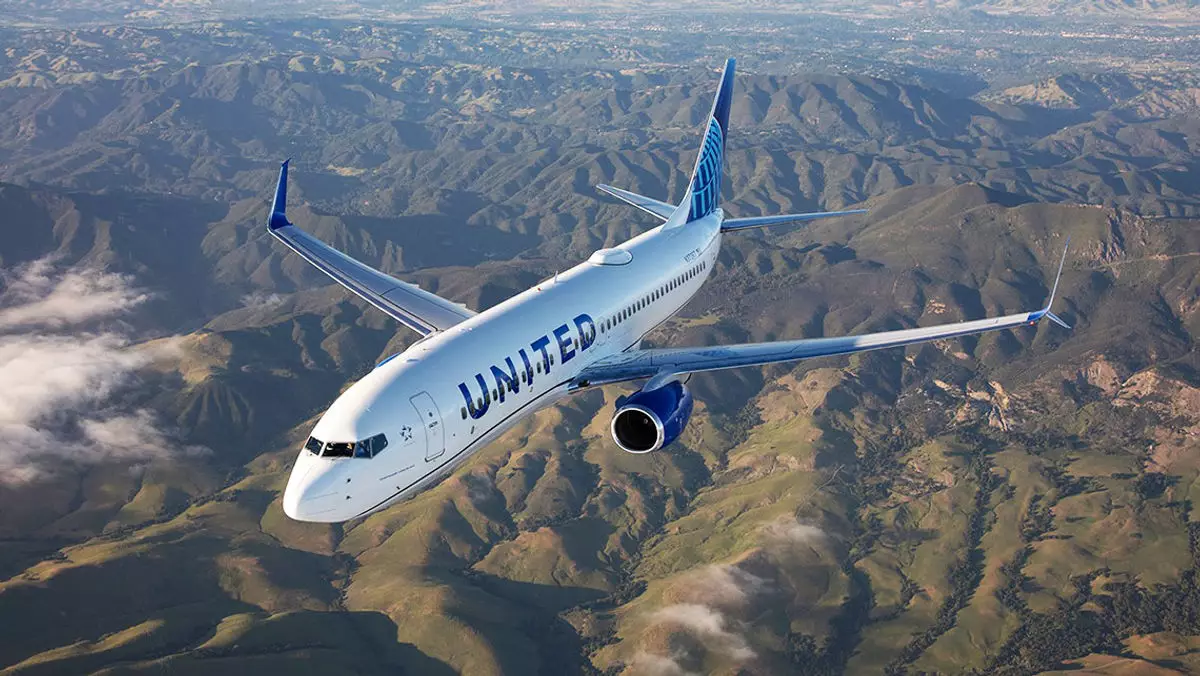The aviation industry has seen a seismic shift post-COVID-19, and United Airlines exemplifies how strategic adjustment and foresight can not only bolster a company’s resilience but also distinguish it in a highly competitive market. Following the revelations from United’s fourth-quarter earnings call, led by CEO Scott Kirby, it became evident that the airline’s tactical decisions are yielding positive effects, positioned for sustained growth.
In Kirby’s address, he highlighted several key initiatives that United has implemented since the pandemic’s onset. The airline has expanded its international service range significantly, targeted an increase in basic economy fare sales on domestic flights, and enhanced overall capacity by integrating larger aircraft into its fleet. This proactive approach mirrors a long-term vision grounded in realistic assessments of evolving industry economics.
Kirby’s assertion that these transformations harbor potential for irreversible changes within the industry is worth scrutinizing. By embracing this strategy, United is not merely recovering from the pandemic; it’s setting a new standard in air travel. Instead of opting for conventional recovery methods, the company has focused on developing a comprehensive plan that emphasizes innovation and quality service. In what Kirby called a ‘culmination of years of thoughtful planning,’ the emphasis on international growth appears to be a cornerstone of United’s forward trajectory.
The economic landscape for low-cost carriers (LCCs) has been increasingly challenging, as Kirby pointed out. With the post-pandemic surge in demand for premium seating, United has found a competitive edge in attracting a significant share of affluent travelers. The airline’s strategic investment in its hubs is designed to solidify its market position, effectively blocking LCCs from operating profitably in these crucial areas.
Kirby acknowledged the inherent advantages of budget airlines in point-to-point routes, yet he remained steadfast in declaring that the scale and infrastructure of United provide a formidable barrier against LCCs in major markets. This juxtaposition showcases the necessity for a multifaceted approach in the aviation sector: while LCCs thrive in low-cost environments, traditional airlines like United can capitalize on their established hub networks without compromising service quality.
Andrew Nocella, United’s Chief Commercial Officer, echoed Kirby’s sentiments regarding the airline’s emphasis on international travel—deemed a necessary move during the pandemic. Recent revenue figures reflect this decision, with international capacity becoming a substantial contributor to the airline’s overall revenue growth. The detailed breakdown of passenger revenue across various regions illustrated significant gains, particularly in Europe, the Atlantic, and Latin America. Conversely, the downturn in the Middle East/India/Africa region merits examination—what factors are at play that could hinder growth in these areas?
Moreover, United’s recent record-breaking revenue day—a staggering 25% increase on the Sunday post-Thanksgiving—demonstrates the airline’s strategic prowess in capitalizing on peak travel periods. With fourth-quarter revenues totaling $14.7 billion and net income approaching $1 billion, the company clearly sidestepped many pitfalls that could have arisen in a less strategically aligned organization.
The expression of gratitude towards employees by Kirby serves as a reminder that company success is intrinsically tied to the workforce. The announcement of a profit-sharing payout of $713 million underscores United’s commitment to valuing its employees’ contributions. This approach not only fosters loyalty but also motivates the workforce to maintain high standards of service and operational excellence in the critical months and years ahead.
Looking to the future, United’s strategic changes—coupled with a focus on investment and employee satisfaction—suggest a robust and resilient pathway forward. The aviation industry has likely changed forever, but by anticipating shifts and preparing to capitalize on emerging opportunities, United Airlines is not just weathering the storm but leading the charge into a new era of air travel. As we anticipate further developments, one thing remains clear: United is poised not just to recover, but to thrive.

